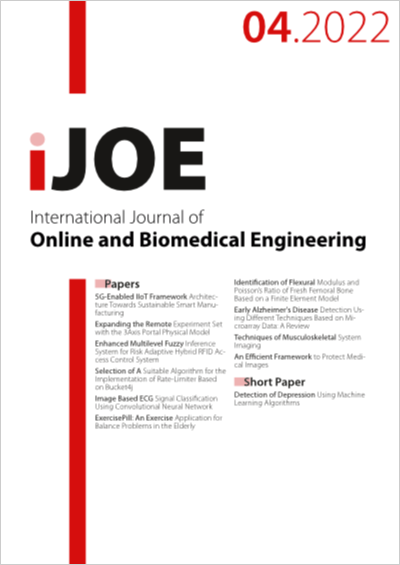Selection of A Suitable Algorithm for the Implementation of Rate-Limiter Based on Bucket4j
DOI:
https://doi.org/10.3991/ijoe.v18i04.25641Keywords:
Rate-limiting, Bucket4j, Token-Bucket Algorithm, Leaky-Bucket Algorithm, Fixed Window Algorithm, Sliding Window AlgorithmAbstract
In shared network services, rate limiting is essential as it controls the requests of the users or requesters in a specific amount of time. Due to rate limiting, the service or API stays protected from overuse, malicious attack, DDoS attack, data traffic spikes, etc. Bucket4j is a java library that has been demonstrated to be effective in rate limiting. While Bucket4j is mainly based on token bucket algorithm, rate limiting processes can be based on various effective algorithms. Selecting the most suitable algorithm for rate limiting is an essential problem. To address it, we have done a detailed analysis of rate-limiting algorithms based on various factors. The factors we have considered are easy implementation, proper handling of data traffic, data starvation, memory usage, etc. We have found out that for different set of requirements, different algorithms are preferable.
Downloads
Published
How to Cite
Issue
Section
License
Copyright (c) 2022 Dmitry Borovikov

This work is licensed under a Creative Commons Attribution 4.0 International License.



